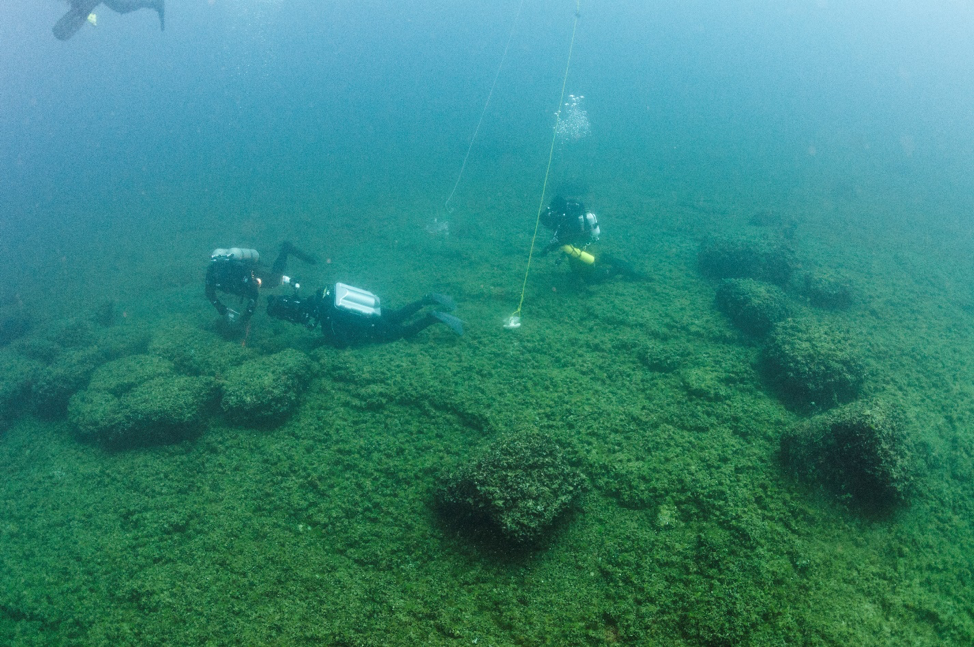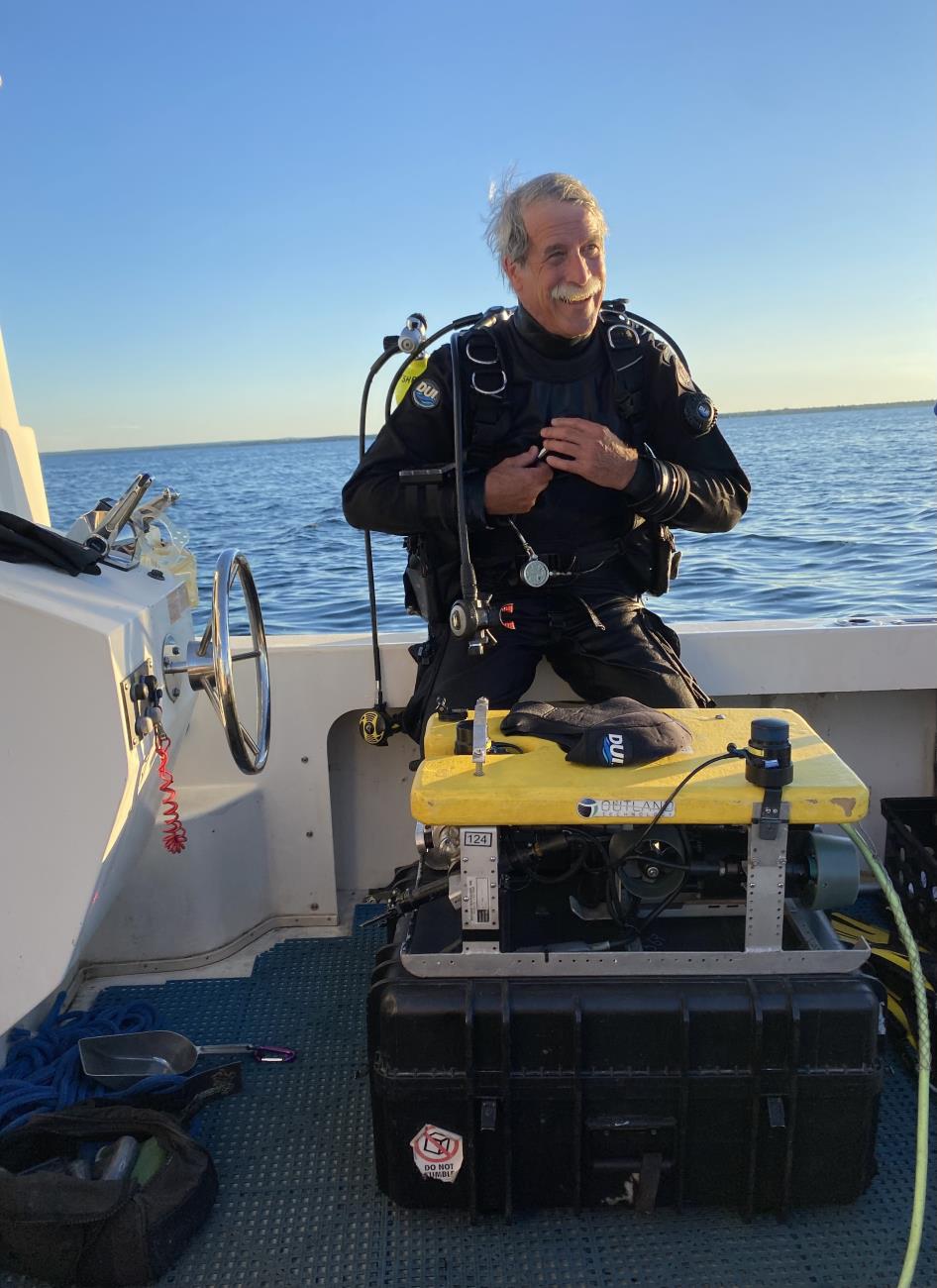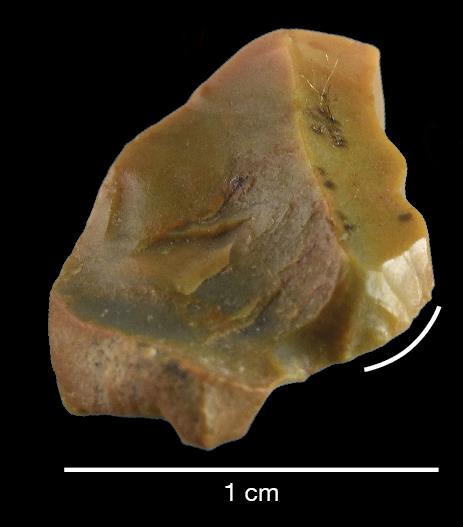Thursday, March 16, 2023
7:00 PM
7:00 PM
The discovery of ancient caribou hunting structures preserved beneath Lake Huron has transformed our understanding of the early human occupation of the Great Lakes. Since the initial discovery of the Alpena-Amberly Ridge, research has focused on broadening our understanding of these early hunters and the environment in which they lived. Join Dr. John O’Shea, the Curator of Great Lakes Archaeology at the University of Michigan Museum of Anthropological Archaeology and Professor in the Department of Anthropology, as he provides an update on the exciting results of these new multi-disciplinary research efforts.




